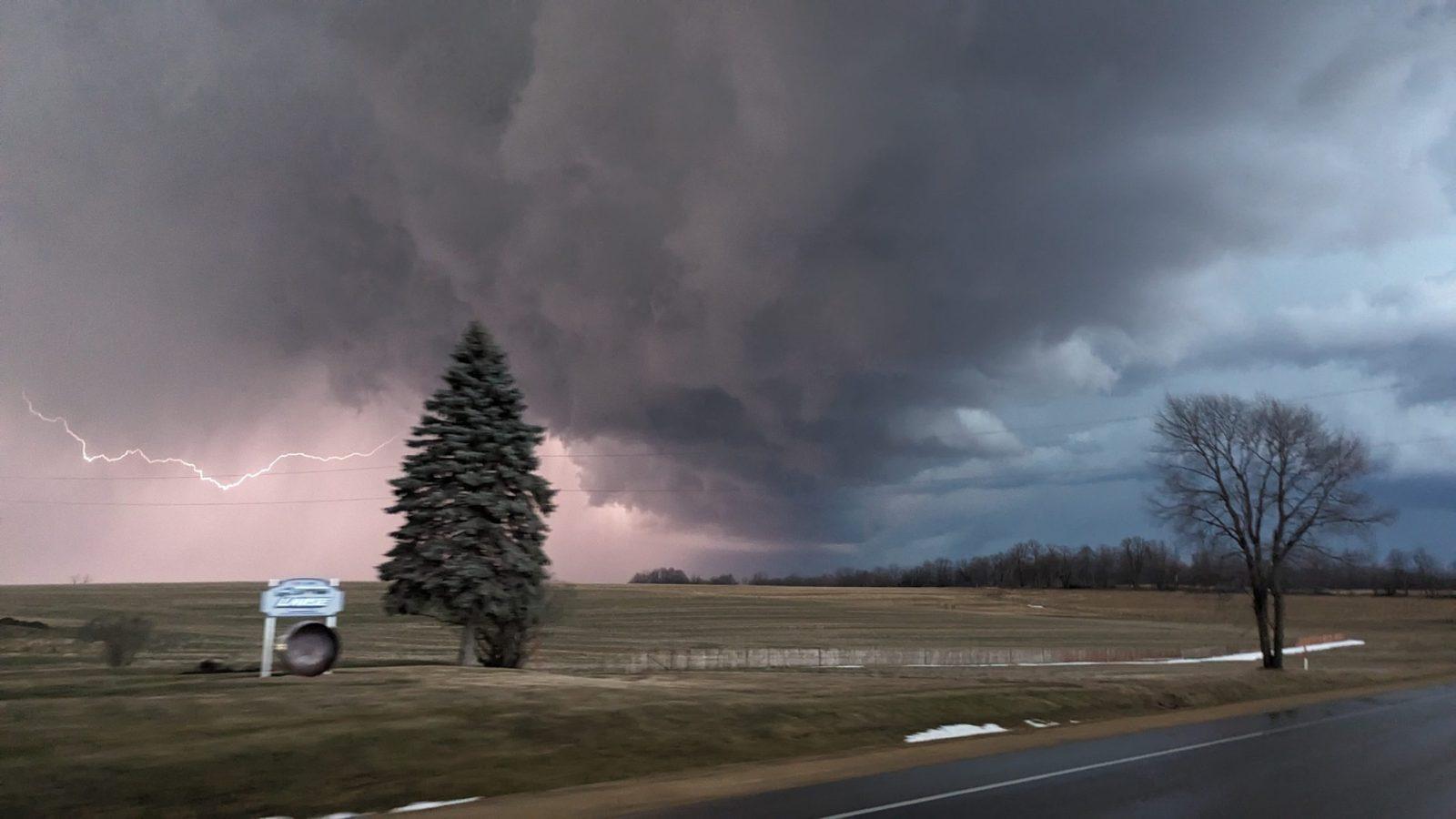
Source: Jimmie Kaska | Civic Media
Wisconsin surpasses 2023 tornado total after Memorial Day weekend storms
21 of the 23 confirmed tornadoes in Wisconsin this year have happened in May, according to the National Weather Service.
By
Loading...

Jimmie is Civic Media’s Sports Director who also works in digital content, sports, news, and talk programming. Email him at jimmie.kaska@civicmedia.us.
Want More Local News?
Civic Media
Civic Media Inc.
The Civic Media App
Put us in your pocket.
